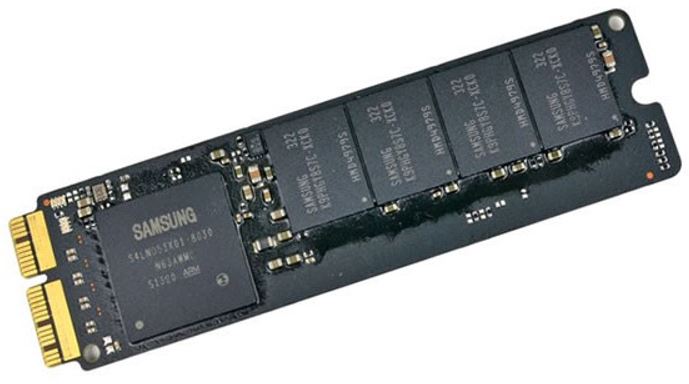

- #UNMOUNT DISK FAILED ON OLDER MACBOOK PRO HOW TO#
- #UNMOUNT DISK FAILED ON OLDER MACBOOK PRO DOWNLOAD#
- #UNMOUNT DISK FAILED ON OLDER MACBOOK PRO MAC#
With your information wipe complete, you are now ready to reinstall macOS. If you choose three or five passes, you might want to leave this running overnight. If you opted to wipe your drive securely, this might take a while-30 minutes to an hour is not unreasonable for one pass.

#UNMOUNT DISK FAILED ON OLDER MACBOOK PRO MAC#
that the broken EFI partition indicates Mac hard disk failure is impending.
#UNMOUNT DISK FAILED ON OLDER MACBOOK PRO HOW TO#
Just give your drive a name (I recommend “Macintosh HD”, just for consistency’s sake), then click “Erase” to start the overwriting process. How to remove efi firmware password on 2016 macbook pro Youre now watching. You only need to write over a drive once to securely wipe it, but if you’re paranoid you can also wipe it three or five times.Ĭlick “OK” once you’ve decided, but remember: if your Mac has a solid state drive, you do not need to use these options. Now move the dial up, to randomly write data over your entire drive. You still need to wipe the drive, however, or your files will remain in place, so skip to the end of this step to do so.) (If your Mac has a solid state drive, you can skip this part: your SSD will already securely erase files thanks to TRIM. If you’re wiping a mechanical drive, click “Security Options” in the window that pops up. We recommend backing up files before you do this, just in case, but otherwise you’re ready for step three. Your user accounts and files will stay exactly where they are-only your operating system will be overwritten. If you want to re-install your operating system, but leave your files in place, you can skip this step. RELATED: 8 Mac System Features You Can Access in Recovery Mode Step Two: Securely Wipe Your Hard Drive (Optional) Once you’ve managed to open up the Recovery Mode in some fashion, we can move on to wiping your drive securely.
#UNMOUNT DISK FAILED ON OLDER MACBOOK PRO DOWNLOAD#
You can access recovery without a partition using Network Recovery: hold Command+Shift+R while turning on your Mac and it will download the Recovery features for you. Failing that, you can create a bootable USB installer for macOS Sierra, and boot from that by holding “Option” while turning on your Mac. If neither of these options work, don’t panic! You’ve got a couple of options yet. Click on 'Macintosh HD' and then 'Verify Disk'.

Click on the First Aid tab in the toolbar and wait for the Done button to activate. Then select the indented (usually, Macintosh HD) volume entry from the side list. Select Disk Utility and press the Continue button. On those devices, hold “Option” while turning your computer on, then select the recovery partition instead. Run the command: fsckhfs -rf /dev/disk0s2 (Your partition name might be different.) Run it again (my disk it turns out had a lot of errors) until it says 'Volume Repair Completed'. Restart the computer and after the chime hold down the Command and R keys until the Utility Menu appears. To reiterate, you will lose all of your files and settings and they will be irrecoverable, so please ensure you have backed up your important data.If you’re using an older Mac (from 2010 or earlier), there’s a chance that you can’t use Recovery Mode. Once this process has completed, you should then be able to use Disk Utility to create a new partition table by formatting the storage device. It will be quicker to simply erase the partition table on the storage device, but if you want to be thorough, this is the best approach. Sudo dd if=/dev/zero of=/dev/diskX bs=10m If the latter, you can use the Terminal application to identify, unmount, and erase the storage device as follows: Note that you'll lose all of your files and settings, so if you have a Time Machine backup, it may be worthwhile trying to restore the most recent working backup beforehand. Whilst in recovery mode, you can also reinstall MacOS. USB) storage device? If the former, you'll need to enter recovery mode (by holding Command+R during the boot sequence) and use Disk Utility to erase the storage device. Are you attempting to erase the storage device that contains the MacOS operating system installation, or simply an external (i.e.


 0 kommentar(er)
0 kommentar(er)
